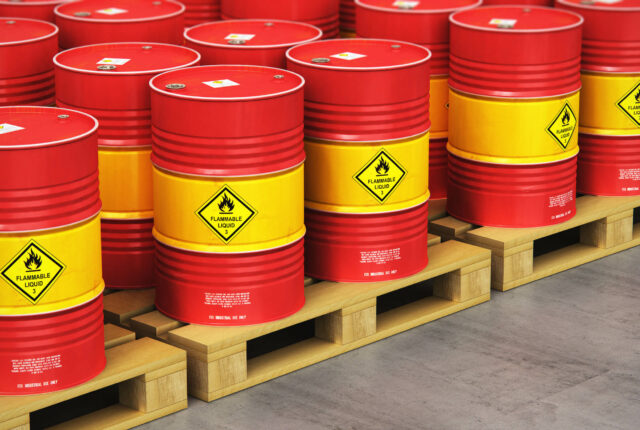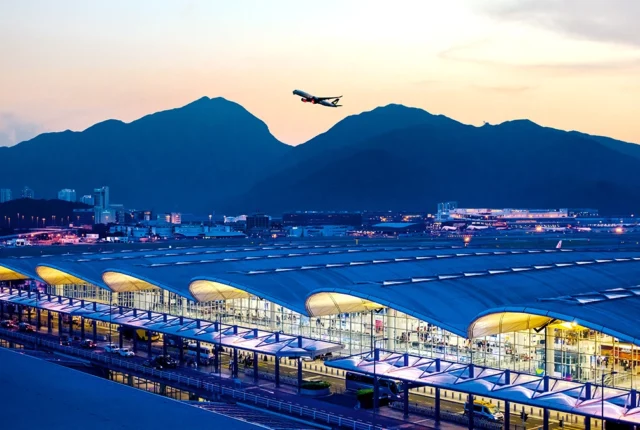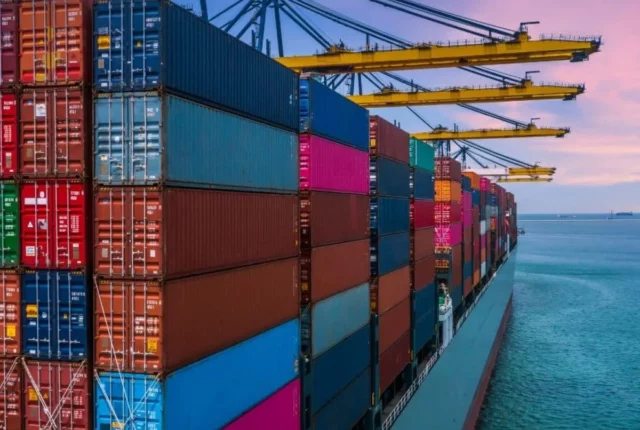
The Vertom Patty: Hybrid-Electric Shortsea Vessel
There’s a new Hybrid-Electric Shortsea vessel on the market and her name is Vertom Patty.
Thecla Bodewes Shipyards, located in The Netherlands, a Dutch shortsea shipping company has a fleet of approximately 100 vessels. They range between 1,500 and 10,000 dwt. The Vertom Patty vessel is the first of the 6 ships that have been ordered from the shipbuilders.
The Vertom Patty is 390 feet long and 7,000 dwt. This is the first ship built which is a highly efficient shortsea cargo vessel that began service towards the end of 2022.
Not only does it have an efficient design and innovative power plant, the Vertom Patty has been designed to anticipate future trends. Her hybrid-electric shortsea power plant is ready for conversion to methanol fuel or hydrogen power.
Upon the Vertom Patty, the box-shaped cargo holds ensure optimal loading flexibility and maximum cargo intake. It is able to be loaded with grain or bale and can also transport containers with a capacity of up to 56 TEU.
Whilst the vessel was under construction various important engineering details occurred, such as computational fluid dynamics (CFD) optimization was performed for the hull designs. This will enable the Vertom Patty to have a fuel-efficient speed-power performance powered by a future-proof modular electric propulsion system.
This is how the ship design works. The system distributes the vessel’s energy load more efficiently, by using four smaller engines. They change depending on the current sailing conditions to allow for the most efficient combustion.
The design of this Hybrid-Electric Shortsea Vessel is unique in that it is also designed to be ready for future developments. The propulsion system has been designed to be interchangeable, to be either methanol-electric or hydrogen-electric.
Hybrid systems have been around for decades, however now they are becoming more apparent in the shipping industry. The world economy relies on ocean shipping to get products from A to B with 90% of the world’s products shipped via ocean freight shipping. With developments such as this one, the industry can look forwards to a more environmentally system reducing the CO2 emissions which contribute to global warming.
Now that this huge accomplishment has been achieved, the shipbuilders have set their sights on how they can incorporate wind-assisted propulsion technology to further reduce the impact on the environment.
SOURCE: maritime-executive






